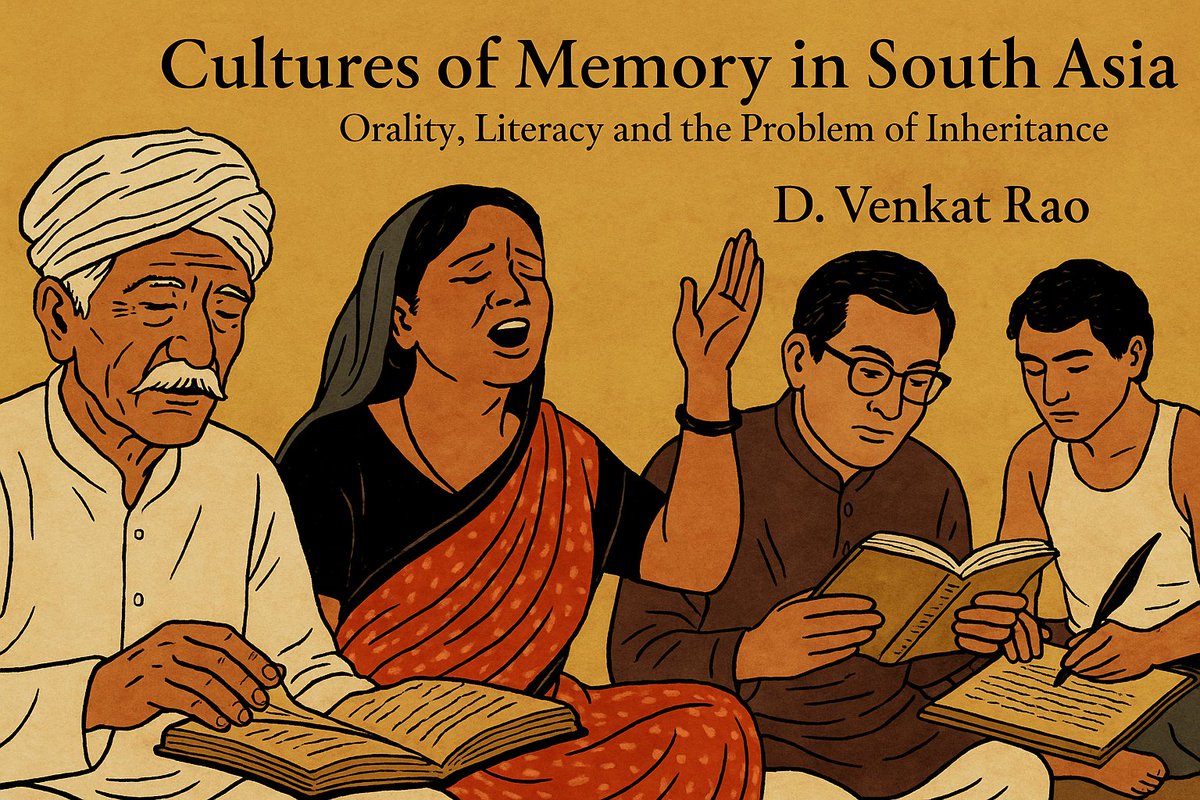The examination of company officials’ bathing and cleanliness practices allows us for an exploration into how far the British adoption of Indian practice was a result of the significant and lasting impact which India had on the British who lived here. [1/8] 

In Britain, a daily splash of water on the face & hands was regarded as a quite sufficient cleanliness practice, even among the middle classes. Writing in 1801, a doctor commented that ‘most men resident and ladies in London neglect washing their bodies from year to year.’ [2/8]
Even the propriety of washing the whole surface of the body was often questioned, as one Richard Reece remarked in a journal called Medical Companion that washing hands and faces daily was sufficient enough to keep one’s body healthy. [⅜]
It is due to the influence of the orient that the British started integrating baths into their routine. The company surgeons even integrated bathing into the battery of treatments with which they attempted to stem the tide of tropical disease. [4/8]
In Madras in 1806, it was agreed that due to ‘great utility of Baths in many disorders of climate’ they should be installed in all European Hospitals in the Madras Presidency. Also, the first shower bath was installed in a Lunatic Hospital at Fort St. George. [⅝]
In fact, it was an Indian, Sheikh Mohammed of Patna, who took the vapor bath to Britain. He is credited with introducing the technique of shampooing to Britain, first in Basil Cochrane’s baths in London and then at his own establishment in Brighton, where he moved in 1814. [6/8]
The preventive measures of baths were of more interest to British surgeons as they started associating it with ‘prophylactic means of strengthening body's constitution. One surgeon James Johnson noted that ‘the British could learn much from the habits of the Indians’. [⅞]
By the 1830s, every company official's Bungalow in India was well-equipped with bathtubs, washstands, basins, soaps & commodes, while in Britain, it was not until the late 19th century that bathrooms became a normal part of middle-class homes. [8/8] 

Hygiene practices in the West owe a great deal to the East (and India in particular).
Even in the early 20th century, the American medical fraternity was discussing whether one should bathe regularly or not.
Even in the early 20th century, the American medical fraternity was discussing whether one should bathe regularly or not.

• • •
Missing some Tweet in this thread? You can try to
force a refresh









